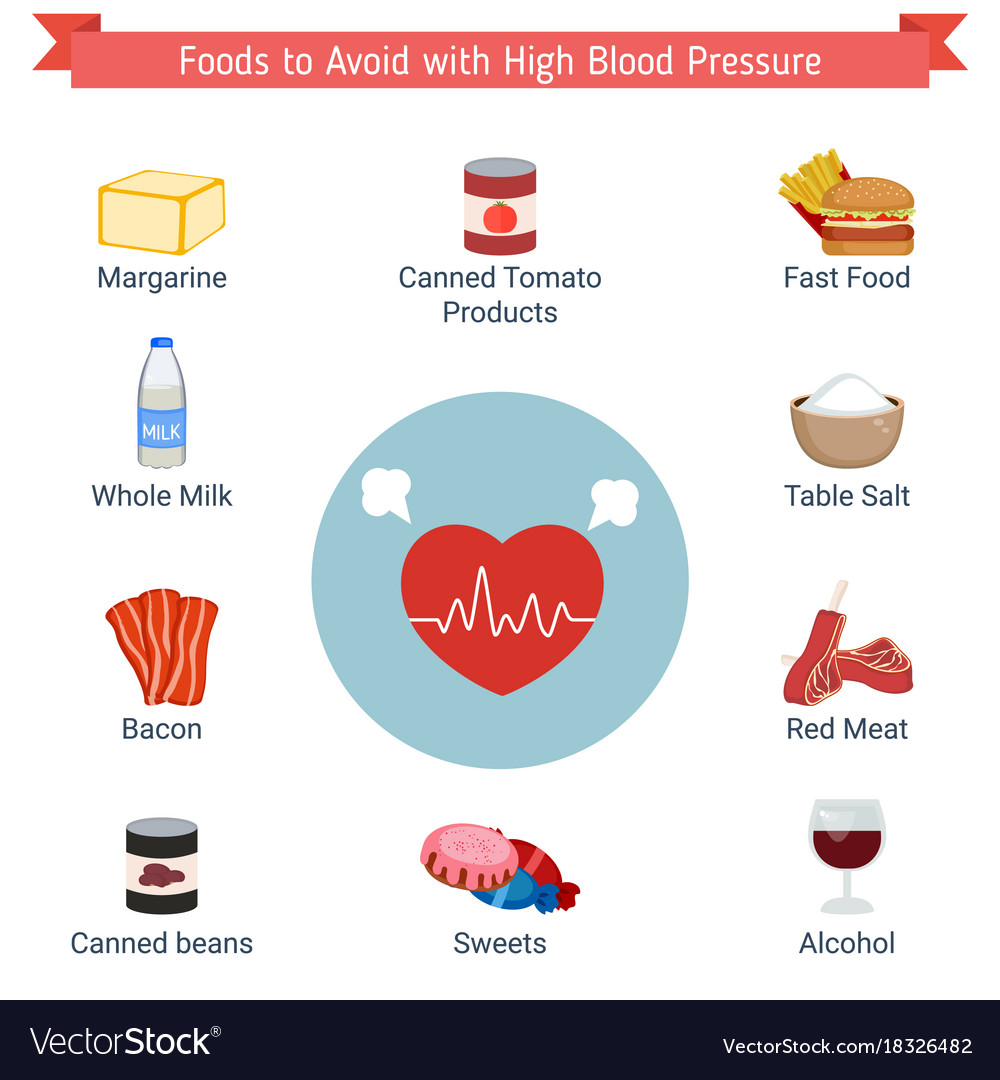Rheumatology For Novices: Understanding Challenging Problems

Staff Writer-Atkins Alexander
Rheumatology can seem frustrating, specifically with many complex conditions affecting joints and connective tissues. You might discover symptoms like joint discomfort or tightness, but comprehending what they indicate is crucial. Early medical diagnosis is vital, and knowing your treatment choices can empower you. As we discover these elements, you'll obtain useful insights that can boost your journey in the direction of far better health and wellness and well-being. So, where do you begin?
Comprehending Typical Rheumatic Diseases
Rheumatic conditions affect millions of people worldwide, triggering discomfort and swelling in the joints and connective cells.
You may run into usual conditions like rheumatoid arthritis, which causes debilitating joint pain and tightness.
Painful Flare-ups is osteoarthritis, where cartilage breaks down in time, causing pain and reduced mobility.
Lupus is a systemic disease that can impact different body parts, causing exhaustion and joint discomfort.
Gout, on the other hand, arises from uric acid accumulation, triggering unexpected, extreme discomfort in the joints.
Understanding these illness is essential for managing your health.
Early intervention and therapy can substantially improve your lifestyle, so remaining informed and aggressive can make all the distinction in navigating these challenging conditions.
Acknowledging Symptoms and Detecting Problems
When you notice relentless joint discomfort or swelling, it's necessary to pay attention, as these can be early indicators of rheumatic diseases. Detoxification Support to keep an eye out for consist of rigidity, particularly in the morning, fatigue, and unexplained high temperature. You may additionally experience soreness or warmth around influenced joints.
To diagnose these conditions, a doctor will typically do a physical examination and evaluate your case history. Blood examinations can help determine inflammatory pens or particular antibodies. Imaging examinations, like X-rays or MRIs, can disclose joint damage or inflammation.
Acknowledging these signs early and getting in touch with a healthcare professional can lead to timely medical diagnosis and management, helping stop better difficulties.
Don't disregard the signs; your wellness deserves it!
Checking Out Treatment Options and Developments
As you navigate the intricacies of rheumatic conditions, it's vital to discover the various treatment alternatives and innovations readily available today.
You'll find a mix of medicines, consisting of non-steroidal anti-inflammatory medications (NSAIDs), corticosteroids, and disease-modifying antirheumatic drugs (DMARDs) that can help manage symptoms and slow disease progression.
Biologic therapies are making waves, targeting details paths in the body immune system for a lot more effective outcomes.
Furthermore, way of living adjustments-- like exercise, diet plan, and anxiety monitoring-- play a vital role in your total treatment plan.
Watch on arising therapies and scientific tests, as researchers frequently seek innovative services.
Routine appointments with your healthcare provider will certainly guarantee you remain notified and receive individualized treatment customized to your needs.
Conclusion
Finally, understanding rheumatology doesn't have to be frustrating. By identifying usual conditions and their signs and symptoms, you can take the initial steps toward effective diagnosis and treatment. Remain aggressive about your wellness by checking out different therapy options and innovations in care. Remember, you have the power to manage your condition and boost your quality of life. Embrace this trip towards much better health and wellness, and do not wait to seek assistance from health care experts along the way.

